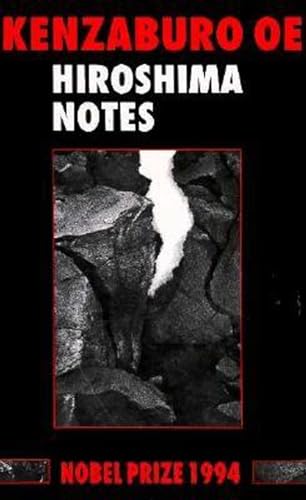Fionnáin reviewed Hiroshima notes by Kenzaburō Ōe
First-hand accounts of a second generation
4 stars
Kenzaburo Oe is better known for his dreamlike novels that dive deep into social fragmentation in Japan. This book is different – in the 1960s, he was commissioned to visit Hiroshima several times in a period where international talks on nuclear disarmament were daily news. Oe visited conferences that advocated for an end to nuclear testing, and also observed the culture of people from Hiroshima with a delicate writer's hand. He also documented the sicknesses that at the time were not attributed to nuclear fallout.
The book offers a snapshot of a time where peace was paramount, and where the violence of the nuclear bombing of the Japanese cities in World War II was still not fully acknowledged. Oe holds no punches as he describes the bombings as the atrocities they were, and holds up as heroes those doctors, negotiators and civilians who have survived and used the tragedy to …
Kenzaburo Oe is better known for his dreamlike novels that dive deep into social fragmentation in Japan. This book is different – in the 1960s, he was commissioned to visit Hiroshima several times in a period where international talks on nuclear disarmament were daily news. Oe visited conferences that advocated for an end to nuclear testing, and also observed the culture of people from Hiroshima with a delicate writer's hand. He also documented the sicknesses that at the time were not attributed to nuclear fallout.
The book offers a snapshot of a time where peace was paramount, and where the violence of the nuclear bombing of the Japanese cities in World War II was still not fully acknowledged. Oe holds no punches as he describes the bombings as the atrocities they were, and holds up as heroes those doctors, negotiators and civilians who have survived and used the tragedy to advocate for an end to war. The result is hopeful.

